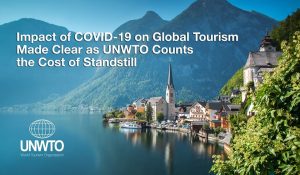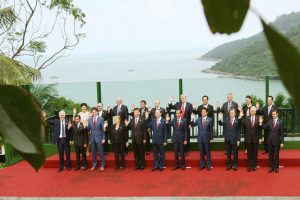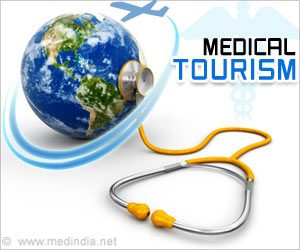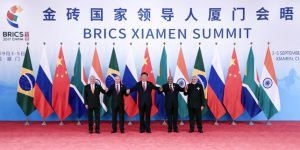World’s largest tourism policy summit provides significant impetus for growth
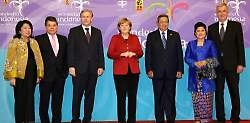
Berlin, 11 March 2013 – ITB Berlin 2013 was by far the world’s largest meeting place of international tourism policy decision-makers and business leaders. The German chancellor Angela Merkel, the Indonesian president Susilo Bambang Yudhoyono, representatives of the World Tourism Organization (UNWTO), the Pacific Asia Travel Association (PATA) and the World Travel & Tourism Council (WTTC), as well as more than 100 ministers of tourism and state secretaries, met in Berlin to help shape the future for growth in the tourism industry.
From 6 to 10 March 2013, 10,086 exhibitors from 188 countries presented their products and services in display halls that were fully booked up. Overall, some 110,000 trade visitors came to Berlin, of whom 43 per cent were from abroad. This year there was a slight increase in buyers from the USA and the Middle East. Exhibitors reported holding quality talks and sealing more business deals.
The ITB Berlin Convention registered record levels of attendance. A total of 21,000 took part in the 200 lectures, discussions and workshops, 25 percent more than in 2012. Social Media and Mobile Travel Services proved to be major visitor attractions. The matchmaking event for bloggers involving exhibitors met with an extremely positive response.
More than 60,000 members of the general public came to find out about the wide-ranging information on offer from exhibitors and providers of niche market products. For the first time, visitors at the weekend were able to book their tours directly at ITB Berlin. A poll among visitors revealed that one in three intended to book a trip.
The participation of Indonesia, this year’s partner country, at ITB Berlin 2013 was spectacular and featured more than 300 dancers, musicians and performing artists from Kalimantan, Sumatra, Sulawesi, Papua, Jakarta and Java. Besides showcasing its natural wonders, the world’s largest archipelago shined the spotlight on seven other aspects of the country: culture and traditions, nature and eco-tourism, leisure sports, cruises, gastronomy and shopping, spas, wellness and MICE events. International trade visitors and the general public were able to sample the country’s culinary delights and enjoy its age-old tradition of spas on the stand of Indonesia at the show.
ITB Berlin showed that modern means of communication can indeed make things easier in many ways and can thus benefit our industry. However, there is no substitute for face-to-face meetings. It was precisely these personal meetings and this relation-building that ITB Berlin made possible, on the Berlin Exhibition Grounds and at numerous evening events after the show. Once again, ITB Berlin provided the platform for the global tourism industry to exchange information, conclude deals and cultivate business relations. Vast numbers of the general public took the opportunity on the weekend to find out more about the wide-ranging products and services that the global tourism industry has to offer, including ideas for their next holidays. For five days the halls on the Berlin Exhibition Grounds were once again the meeting place of the world of international tourism.“
Around 6,000 accredited journalists from 80 countries and some 250 bloggers reported on events at ITB Berlin. 350 politicians and diplomats from Germany and abroad were present at the show. The president of the Republic of Indonesia and the chancellor of the Federal Republic of Germany opened the world’s largest travel trade fair. In addition to 98 foreign delegations, Thailand’s Princess Ubolratana Mahidol also attended the show. 77 ambassadors from all over the world, 47 foreign ministers and numerous foreign state secretaries were also gathered. Federal Minister of Transport, Building and Urban Development Peter Ramsauer, Federal Minister of Economic Cooperation and Development Dirk Niebel, State Minister for Economics, the Infrastructure, Transport and Technology Martin Zeil, as well as Berlin’s Governing Mayor Klaus Wowereit, came to find out what the travel industry had to offer.
The UNWTO Silk Road Ministers’ Summit and the Africa Forum on the KAZA beacon project also attracted the attention of international politicians.The next ITB Berlin will take place from Wednesday, 5 to Sunday, 9 March 2014. Source : ITB


